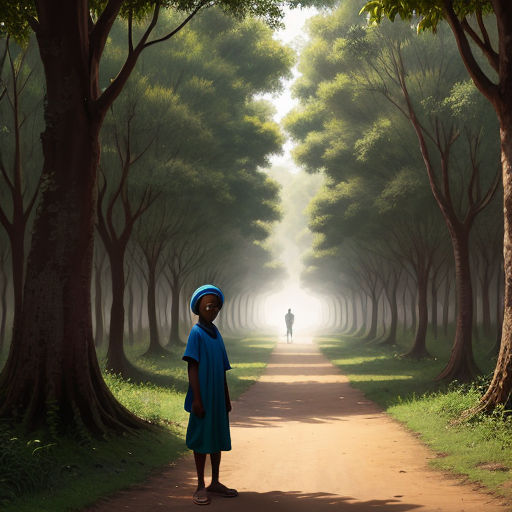
The Lost Village
By ADEDOLAPO

29 Aug, 2023
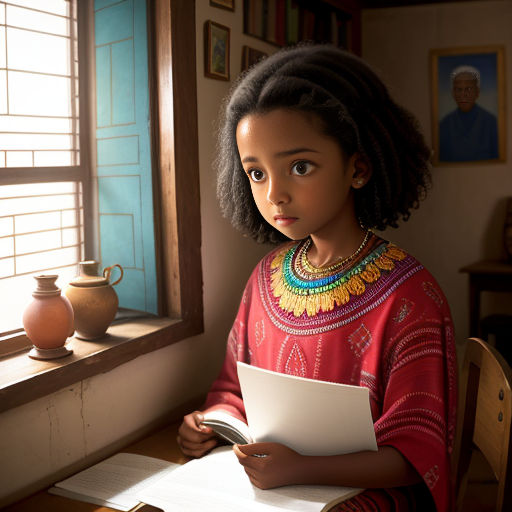
In the heart of Lagos, Nigeria, lived a young, curious girl named Amina. Her parents often told her stories about their ancestors, which sparked her interest in the history of her people. She yearned to know more, to uncover the secrets that were lost with time.
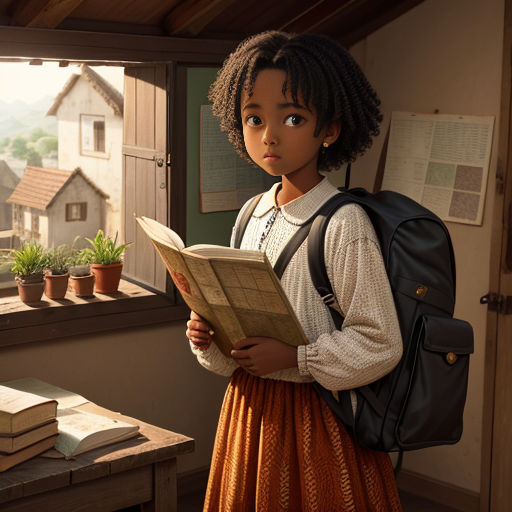
One day, Amina stumbled across an old map in her grandmother's attic. It depicted an unknown village that wasn't on any modern map she had seen. The excitement filled her, and she decided to embark on a journey to find this village.

The following day, she packed a small bag and set out, using the old map as her guide. An arduous journey across varied terrains awaited her. It was tough, but Amina was determined.
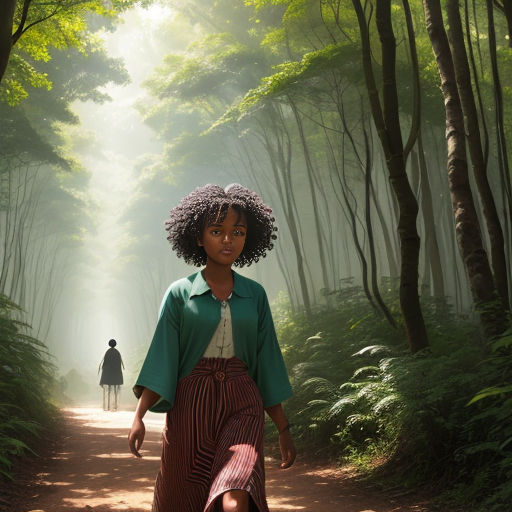
Along her journey, she arrived at a vast forest. Amina was instinctively frightened by the unanticipated obstacle. But her curiosity overcame her fear, and she took a deep breath as she entered the forest.

Inside the forest, she found a gigantic, ancient baobab tree. Its towering presence was intimidating yet comforting. On its trunk was a carving that matched a symbol on her mysterious map.

Encouraged by this discovery, Amina continued her journey. Eventually, she arrived at a hidden valley. As she descended, Amina's heart pounded in her chest when she saw what lay before her.

There it was, the lost village. The buildings were weathered, but the village was not deserted. People roamed the dusty pathways, dressed in traditional clothing that mirrored the illustrations of Amina's ancestral stories.
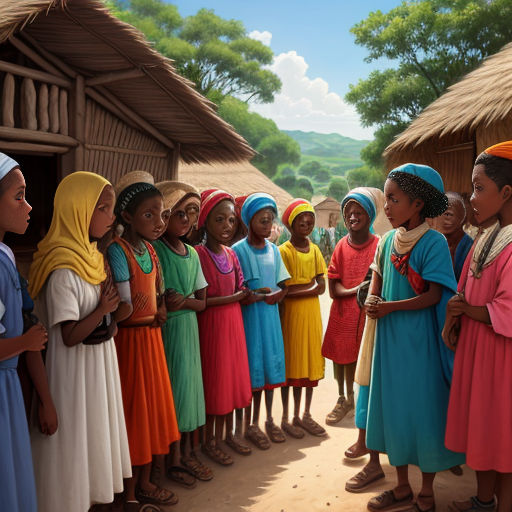
Amina introduced herself to the villagers and explained her journey. The villagers were surprised, but they welcomed her warmly and were eager to share their village's story.
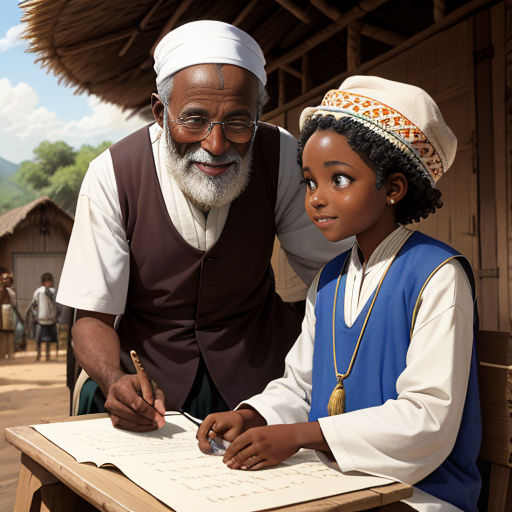
Their lead elder, Baba Yaro, was an old man who's lived there his entire life. He was the village historian and had the best understanding of its origins and history. He gladly agreed to share his knowledge with Amina.

Baba Yaro told her stories of brave warriors, wise kings, and powerful queens. He painted a vivid picture of a vibrant and thriving civilization that existed long before modern times. Amina listened, captivated by the rich history.

Amina spent days learning about the customs, traditions, and lifestyles of the villagers. She discovered that her ancestors had strong bonds with the land and a deep respect for nature.
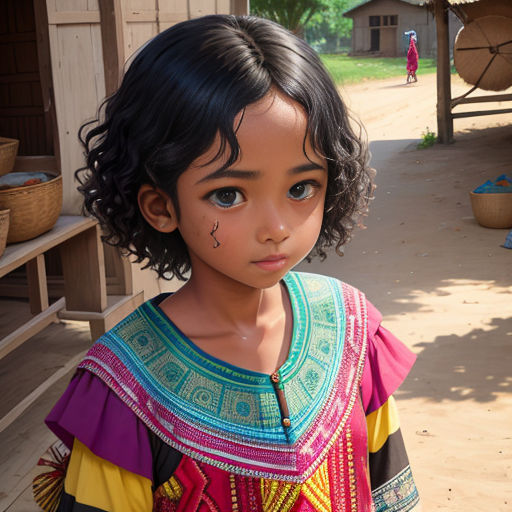
As she spent more time with them, Amina realized that the villagers carried the spirit of the ancestors within them. They were the living embodiment of the stories and traditions that she had only heard of.

Amina felt a deep sense of gratitude for having discovered this village. She knew she had found something incredibly precious. A connection to her roots, her history, and her identity.

Before leaving, she promised to keep the village's location a secret. She wanted to protect the village from the modern world's influence, and the villagers agreed.

Once back home, Amina told her family about her journey and the lost village. They were amazed and proud of Amina's bravery and curiosity. The stories of the village became a valued part of their family tales.

Amina grew up to become a historian. She dedicated her life to preserving the culture and history of her people. The experience in the lost village made certain of her mission.

Even though Amina never returned to the village, it always stayed with her. The stories, the people, their way of life became a part of her. The village and its history lived on through Amina's work and storytelling.

Amina understood that the greatest strength of her people lay in their history and their shared stories. She believed that understanding the past is crucial for building a better future.

Amina's journey to the lost village was a reminder of the beauty and richness of Nigerian culture and history. It inspired others to appreciate and respect their roots and cultural heritage.

Her story continues to inspire future generations. Amina's journey encourages everyone to seek and learn about their past, understanding that their history is an integral part of their identity.
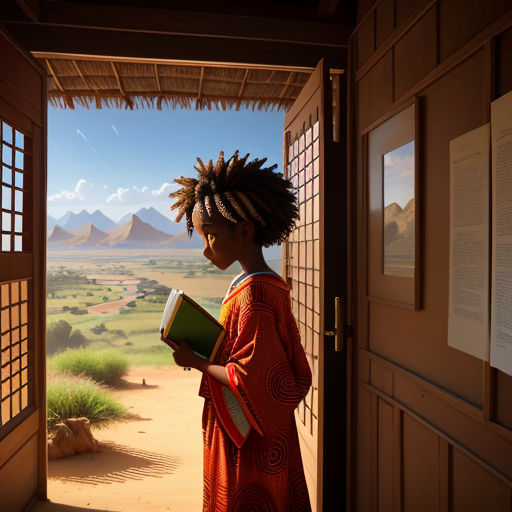
Amina's tale serves as an affirmation of the richness and diversity of African history. It is a demonstration of the power of curiosity, resilience, and the quest for knowledge.

The lost village, though hidden from modern maps, continues to thrive within the hearts of those who know its story. It remains a testament to the resilience, distinctiveness, and vibrancy of African culture.

Amina's story is a celebration of history and culture. It illuminates the importance of understanding our roots to truly know who we are and where we come from.

Amina's journey to the lost village was not just a journey to a place. It was a journey into the past, a journey into understanding and appreciating her culture and heritage.

As with Amina's journey, we all have a lost village, a past, a history waiting to be discovered. It's our curiosity and thirst for knowledge that drives us to embark on that exciting journey.

Amina's story continues to be told, touching the minds and hearts of those who hear it. The echoes of the past still resound in the present, reminding us all of the richness of our roots.
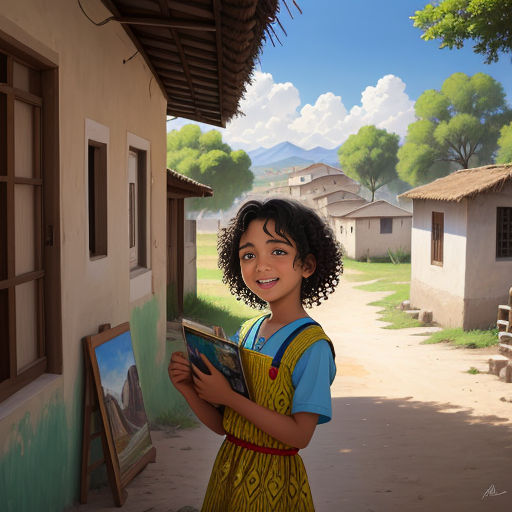
The legacy of the lost village is far from being lost. It lives on in Amina, her family, her works, and the countless people she has inspired through her journey.
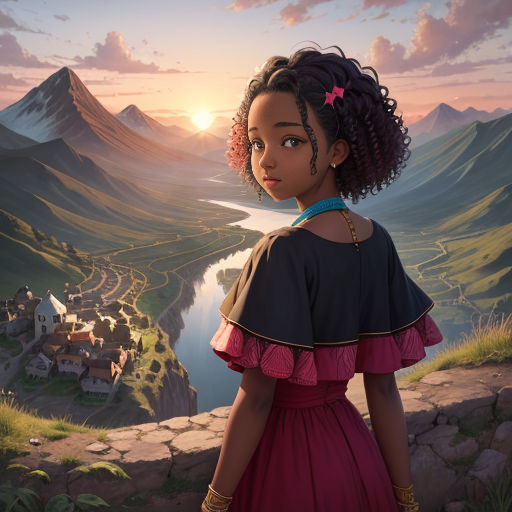
Every story has an end, but the tale of the lost village continues. For as long as there is a past to unearth, stories to tell, and curious minds to listen, the spirit of the lost village thrives.

The story of Amina and the lost village is a testament to the power of curiosity and the longing for connection with our roots. It reminds us that every journey begins with a single step and that step is often driven by curiosity.

For young and old, near and far, the tale of Amina has become a timeless narrative. It is a tale that celebrates the spirit of exploration and the unending journey to understand our history and identity.

Amina's tale concludes as a heartwarming story of discovery, growth, and a deep love for one's cultural heritage. It is a story that continues to inspire, educate, and captivate many generations.
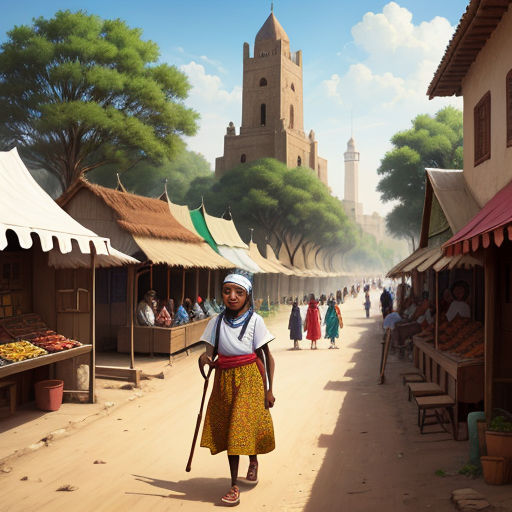
The tale of the lost village is more than just a story; it is a journey into history, a celebration of culture, and an inspiration for the future. It is a story that transcends time and history, connecting past, present, and future.

The story of Amina and the lost village continues to thrive. Just like the baobab tree Amina found in the forest, the story stands tall and firm, deeply rooted in the soil of history and culture, connecting us all.

So, let Amina's journey serve as a reminder that every one of us has a lost village to discover. And through that discovery, we can find a deeper understanding of who we are and where we come from.
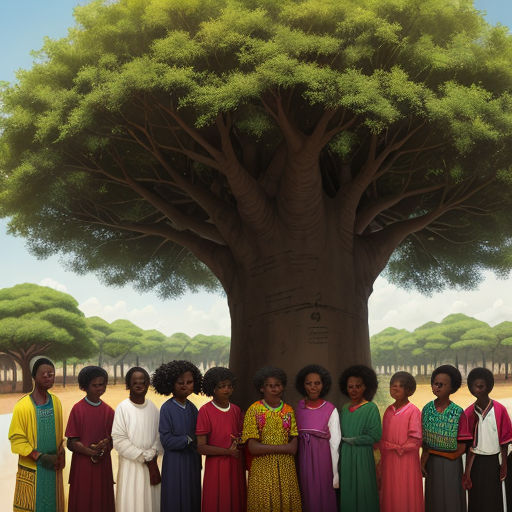
So, let's continue to unravel our past, cherish our heritage, and inspire future generations. Just as Amina did, we can all contribute to preserving and celebrating our unique cultural identities.